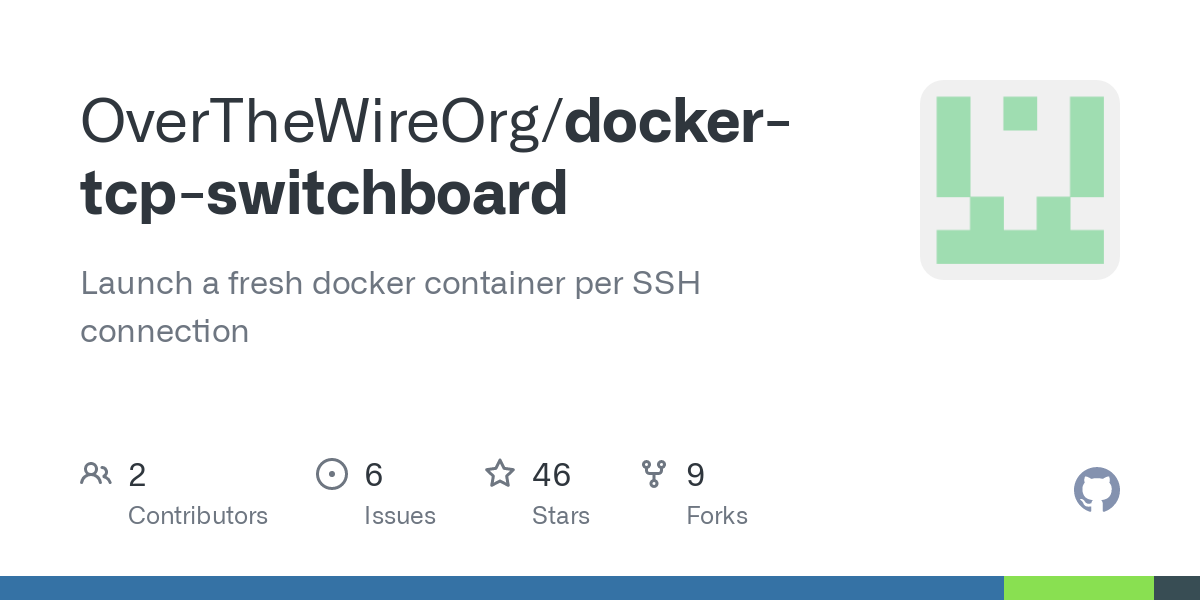

Which means my distro-morphing idea should work in theory with OpenStack
I also don’t recommend doing a manual install though, as it’s extremely complex compared to automated deployment solutions like kolla-ansible (openstack in docker containers), openstack-ansible (host os/lxc containers), or openstack-helm/genestack/atmosphere (openstack on kubernetes). They make the install much more simpler and less time consuming, while still being intensely configurable.












I don’t think so, now. You’ll have to do those yourself.